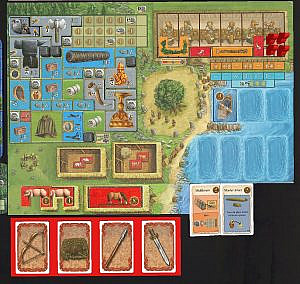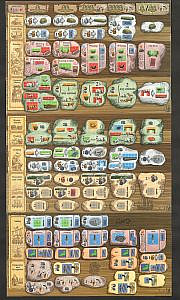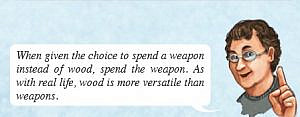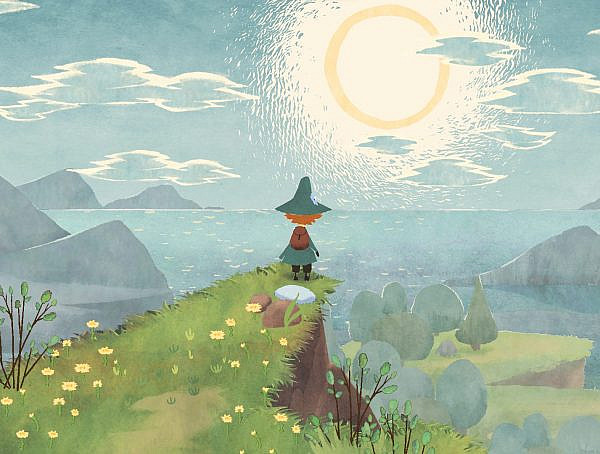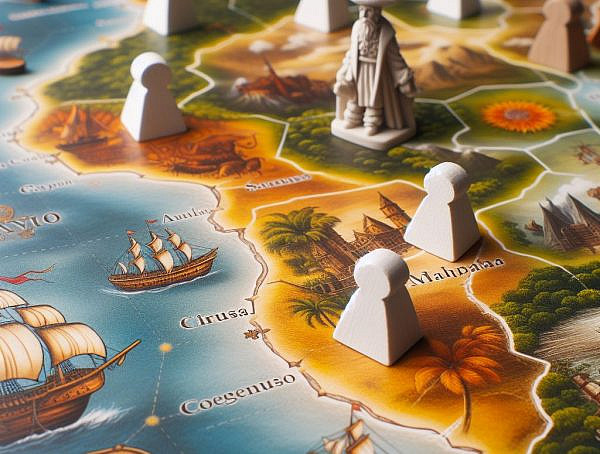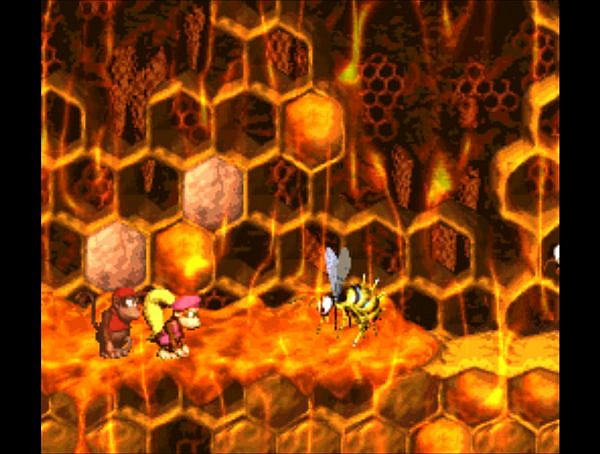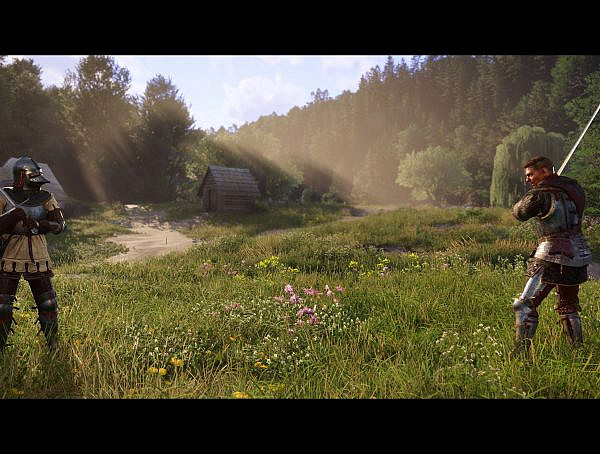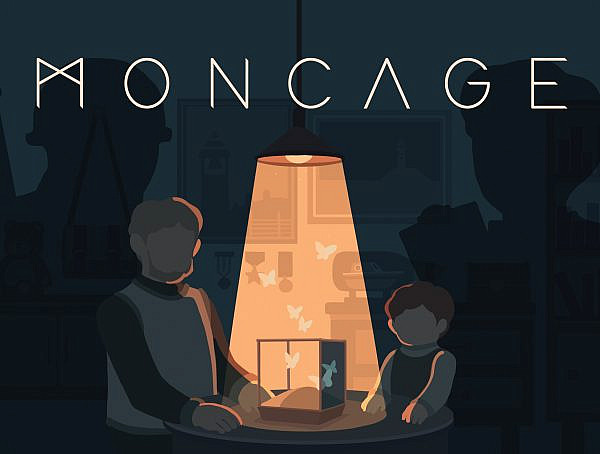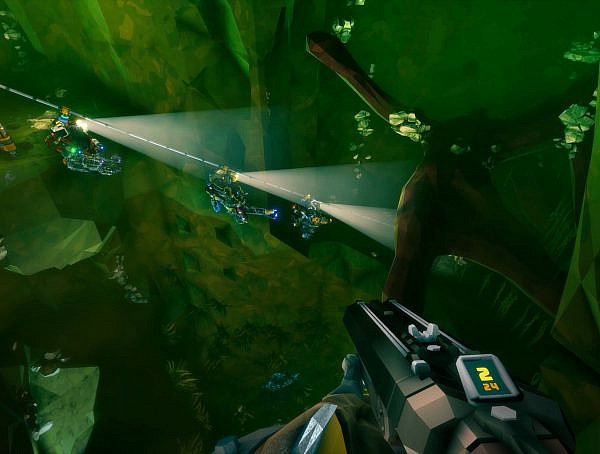Combining worker management, grid covering, a little dice rolling, and card drawing luck, “A Feast for Odin” brings Viking management to life for a 1-4 player experience. With actions ranging from raising livestock and trading for goods to exploring islands and raiding for treasure, the player is immersed in a Viking saga of their own making.
To survive, your Vikings need to eat every round, and this is achieved by allocating food items to as many open spots as your Banquet Table has. Every round you receive one additional Viking (which functions as a worker figure), increasing your actions and also the mouths needed to feed. Not every round is as bountiful, sometimes you must rely on market or trading actions to feed your Vikings properly.
The tiles in the game use a specific system, where they can be exchanged or upgraded in quality. Orange farm products are the most plentiful. They can be traded up to red animal products, which in turn can be traded up to green craft products. Green craft products no longer work as food, but instead can be placed on the tile grid, or upgraded to blue luxury goods, which have less rules regarding placement. Placing goods tiles will increase your income, gives you bonus goods and eventually increases your victory points by effectively reducing the negative points.
The scoring works slightly counterintuitively; you set yourself up for negative points but reduce these negative points by filling out your boards. Not every exploration opportunity is therefore worth it, because you can set yourself up for massive losses if you fail to fill the negative slots. Filling the slots is almost half the fun of the game since you get to play a little bit of Tetris in your attempts to cover up spots with treasures and goods of various sizes all according to the rules of placement. Placement errors result in negative points, which you can handily point out to your friends as the only direct way of causing grief outside of taking their planned worker positions.
In addition to the grid boards, the game can understandably start off quite overwhelming due to the large number of options for worker placement. The board itself could be filed under “cognitive overload”, but care is taken to point out different sections of the board and how many workers they take. After a few dizzying surveys, new players will slowly be able to tell apart what is important and when – but it’s still understandable that sometimes a more experienced player picks an option you wish you had remembered.
Games can easily last a few hours or more with the full player count, but arranging your tiles can become quite intoxicating, especially with the different approaches you can take. While occupation cards can somewhat nudge you in a specific direction with their bonuses, the thematic joy of having your tribe focus on livestock or raiding is fun to experiment with.
The game designer, Uwe Rosenberg, also makes special appearances in the manual, noting out mechanics and nifty facts, and makes the rulebook an interesting read for all of the additional lore tidbits, adding comfort value and a special fascination that brings more than one would expect to the experience.
“A Feast for Odin” has already garnered dozens of playthroughs from me with more to come, especially since the solo mode works quite well for this title, making it a challenge to just try and reach for a personal high score. If the tile placement aspect seems fun but Vikings are not your thing, there’s a similar game with cats!
Designer Uwe Rosenberg
Artist Dennis Lohausen
Publisher Feuerland Spiele (originally)
Release date June 2016
Number of players 1–4 players
Playing time 30–120 minutes
Ages 12 and up
Photos: screenshots from Tabletop Simulator (Berserk Games 2015), taken by the author.
A game enjoyer interested in the educational potential of games, enthralled by simulations, adventure, and role-playing games. Aiming to figure out what makes them tick all the right boxes and painting a cohesive picture on the allure of games.
You might also like
More from Game Reviews
Kingdom Come: Deliverance II – A Sequel Worthy of a Knight
KCD II delivers a living, breathing medieval roleplaying game to its players. #RPG, #kingdomcome, #openworld
Moncage Review: A Puzzle Game with Mind-Boggling Optical Illusions
Solving a huge #optical_illusion #puzzle in a tiny cube to discover a dark, #emotional story of trauma
Mining, Mayhem, and Bugs: A Deep Rock Galactic Review
Fight monsters, mine riches, and cause chaos with your dwarf crew — welcome to Deep Rock Galactic!







